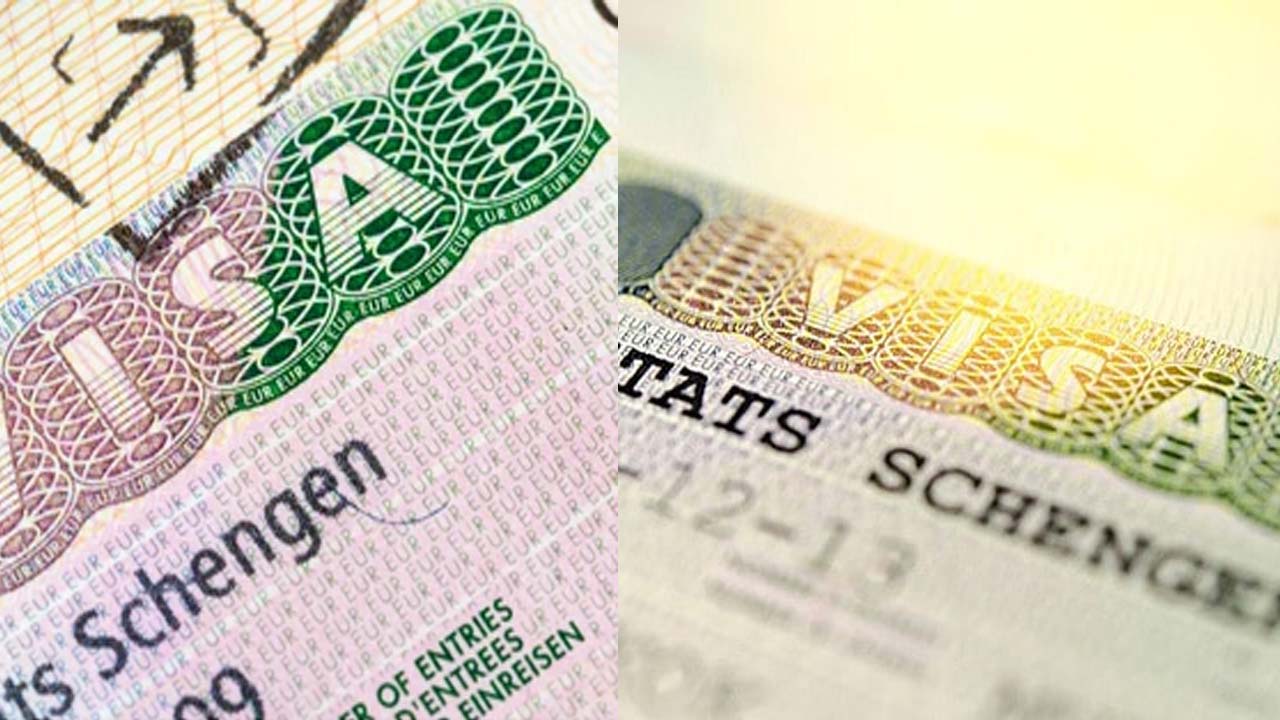
Obtaining a U.S. tourist visa is generally easier than a Schengen visa for Europe, primarily due to fewer documentation requirements and a more streamlined, technology-based background check system. The U.S. offers a 10-year multiple-entry visa, while the Schengen visa process demands extensive paperwork, such as proof of financial stability and a return intent, which can be challenging for travelers.
For many, securing a Schengen visa is more complicated than a U.S. tourist visa, even though the wait times for a B1/B2 interview can be long. Required documents for the Schengen visa include items like a leave letter from one’s employer or educational institution for students.
An article by *The Economist* highlights the challenges Indians face, noting that strict visa requirements from countries like Britain and the Schengen area can feel unwelcoming. Schengen visa applicants need substantial documentation and proof of intent to return, which some travelers find discouraging. *The Economist* adds that barring travelers from an emerging global power like India has broader implications, as tourism plays a key role in shaping global perceptions and alliances.
New EU regulations, effective this February, allow frequent travelers to receive visas valid from one to five years. However, the visa duration depends on the applicant’s passport validity. This means an applicant with a one-year passport validity, for instance, would only receive a short-term visa. The U.S. visa process does not impose such restrictions.
For a U.S. visa, applicants fill out an online form, attend an embassy interview, and if approved, receive a 10-year multiple-entry visa, with straightforward renewal processes. Holding a U.S. visa often eases entry into other countries, as it signifies a rigorous background check process.
Visa fees vary significantly: while the Schengen visa is initially cheaper, frequent visits to Europe can add up. Over ten years, multiple Schengen visas could cost over 70,000 rupees if prices remain unchanged.
Schengen visa specifics include:
- Non-Schengen nationals should apply at least 15 days before travel, and not more than six months in advance. The short-term visa allows stays of up to 90 days within a 180-day period across Schengen countries.
- Consular policies vary by location. For example, an EU consulate in Mumbai may prioritize applicants who recently traveled to Europe, while this may not apply in Delhi.
- For trips covering multiple Schengen countries, the visa application should be submitted to the country where the longest stay is planned. However, appointment slots may differ across consulates, affecting scheduling.
- Although hotel bookings are required, travelers may be asked to show these reservations upon entry.
According to *The Economist*, international departures from India surpassed 27 million by 2019, with overseas spending by Indian travelers tripling to $33 billion from 2010 to 2023. The number of valid Indian passports has also surged from 52 million a decade ago to 93 million today, reflecting a growing enthusiasm for travel among Indians.
If you're planning a summer 2025 trip to Europe, start your paperwork early. Apply for a Schengen visa no more than six months and no less than 15 days before travel. Allow ample time by applying at least three weeks in advance to avoid delays. Processing usually takes around 15 days but can extend to 30 days, or up to 60 days in complex cases or during busy times.





















